
Electrical Wiring
Residential and commercial electrical systems begin with the main service which enters the property from overhead or underground. The overhead electrical system belongs to the utility company up to the meter. Behind the meter is the responsibility of the property owner. That's where Vegas Electric comes in!
When selecting an electrician, it's important to understand that Honduran electrical codes are not particularly stringent, and compliance is rarely enforced. Your electrical contractor must be qualified, competent, and willing to self-audit against quality standards.
Incorrect use of materials (such as wire gauge) or inadequate design of circuits can negatively impact the performance of your electrical system, increasing the cost of ownership and risk of appliance malfunction and even electrical fire.
Vegas Electric has extensive experience with both residential and commercial electrical wiring. And as with everything we do, our work practices and materials are compliant with the US National Electrical Code (NEC).
How it Works
Service Entrance
Electricity enters your home from the utility company via overhead over underground power lines. The main service wires which enter your property will be anchored to a weather head and then run down an entrance cable or conduit to the meter socket.
Service Panel
Behind the meter, the electrical service connects to the main service panel, also referred to as the load panel or breaker box. From the main service panel, the current is divided into individual branch circuits, each of which is controlled by a separate circuit breaker and fuse.
Proper service panel design and installation ensures optimal performance and prevents internal power surges and overloads. Circuit breakers that trip often and/or faulty appliances can be a sign the electrical panel needs to be repaired or replaced.
Branch Circuits
Branch circuits run from the service panel to devices such as outlets, lighting, and appliances.
A critical element of branch circuit design is calculating the maximum load required of each circuit measured in amperage. The amount of amperage that electrical devices draw determines the number of circuits wire gauge to be used.
Wire Gauge
There is a specified rating for wire gauge based on the amps they can carry. Attaching wires which are too small for the circuit amperage, a common tactic to cut cost, will cause the wire to overheat.
This is problematic as energy in the form of heat is released rather than being delivered to your household load, “energy leakage” meaning you are using more energy than is needed for the load. This shows up in increased energy usage and higher energy bills and can lead to a real risk of electrical fire.
dedicated circuits
The NEC requires a dedicated circuit for appliances such as electric ovens, dishwashers, refrigerators, garbage disposers, air-conditioners, and clothes dryers.
The circuit can be 120-volt or 240-volt. Normally, any appliance that has a motor will require a dedicated circuit.
Lighting circuits. Deliver power to overhead and in-wall lighting. Normally, a lighting circuit will serve several rooms, and most homes will have several. One advantage of separating the lighting circuits from the outlet circuits is that each room will be left with some means of lighting if one circuit is shut off.
Outlet circuits. These are circuits that serve general-purpose plug-in outlets. They can be specific to a room or a group of rooms.
Room circuits. An alternative circuit design option, rather than having dedicated light and dedicated outlet circuits for multiple rooms, is to have individual circuits for individual rooms, delivering power to both lights and outlets.



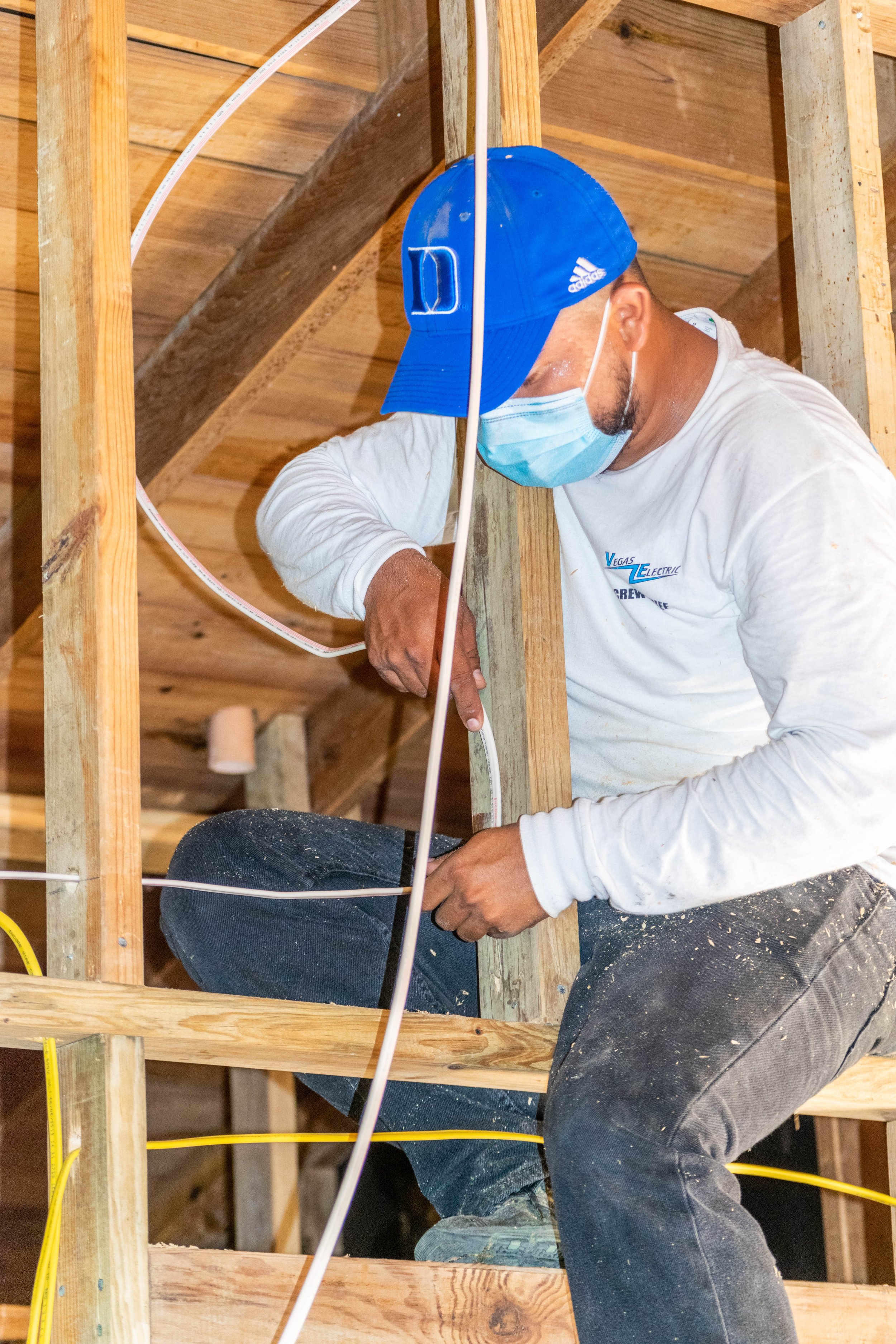
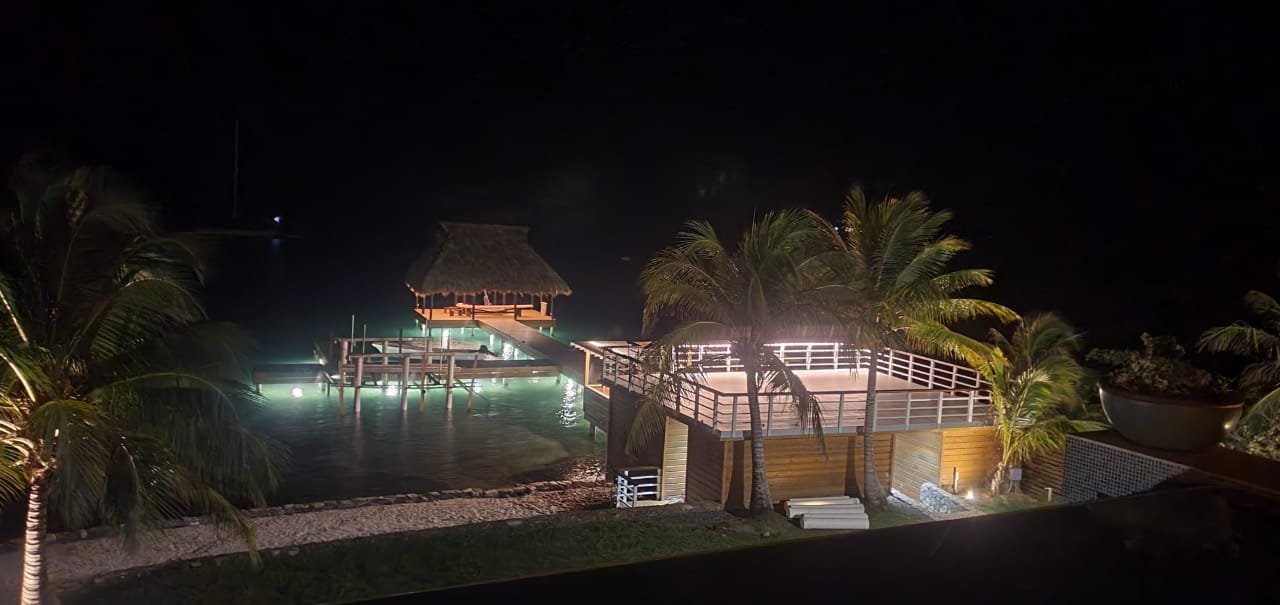

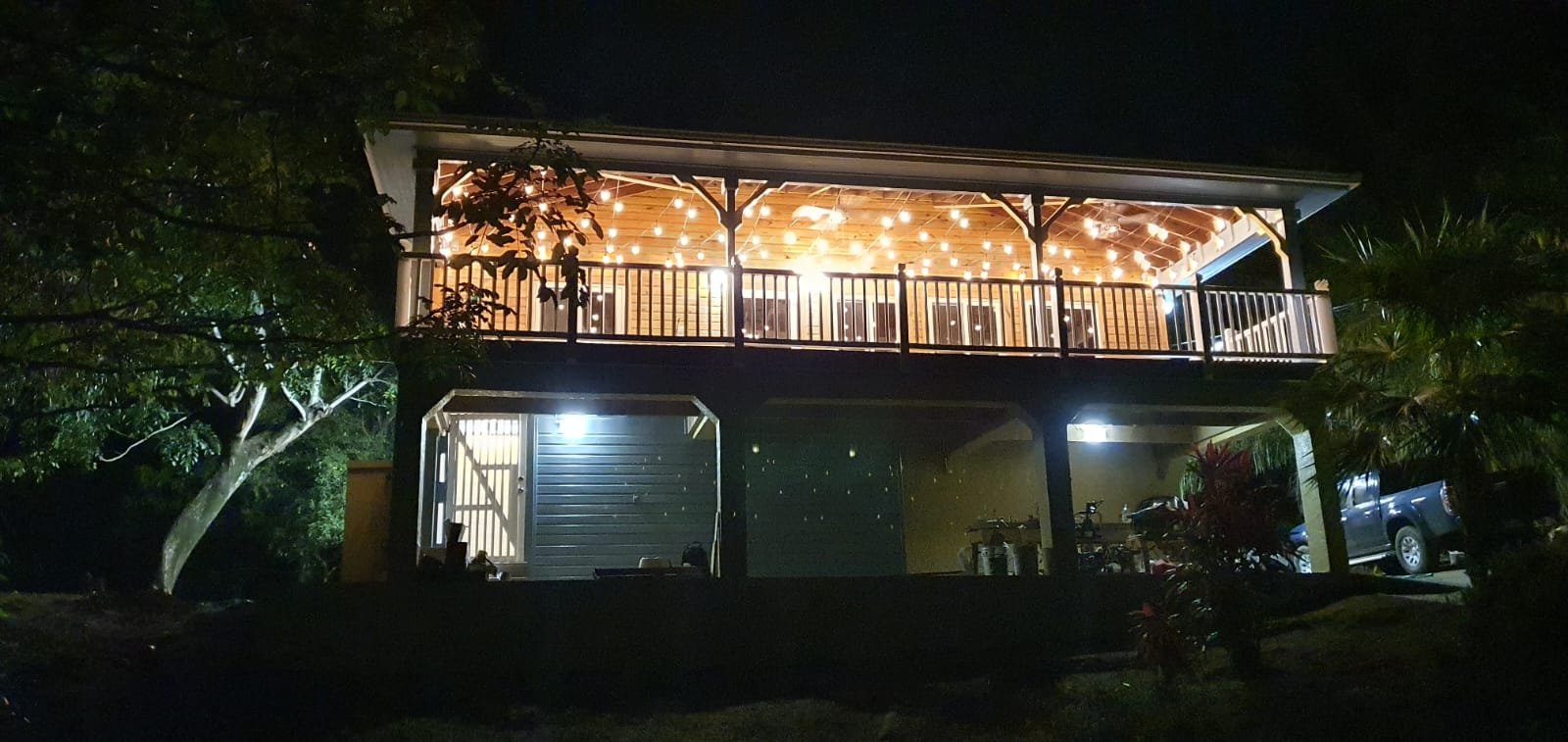



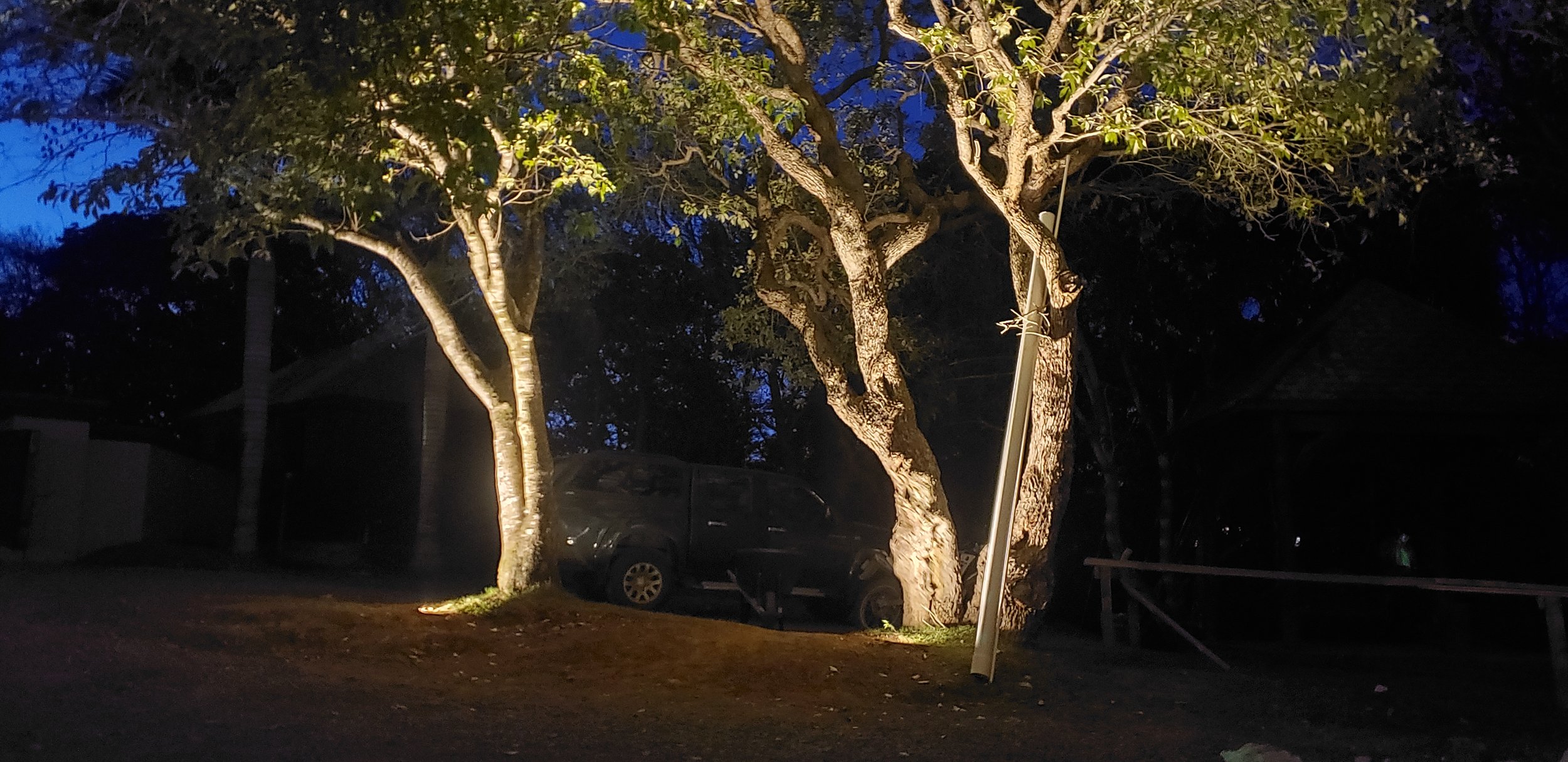
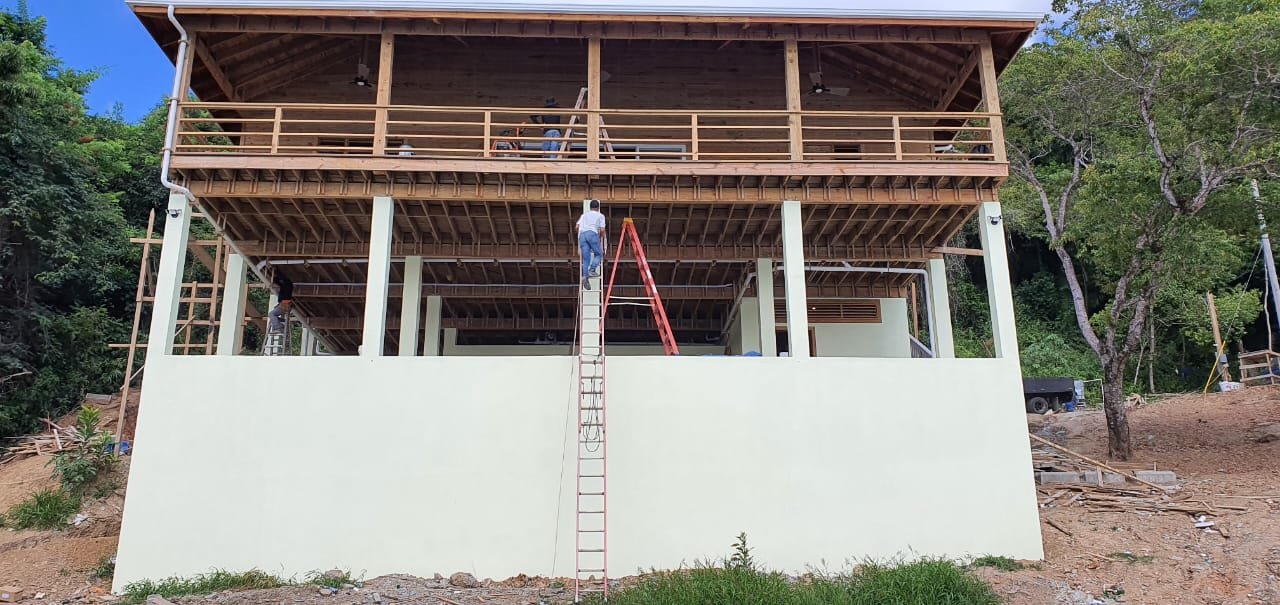
Commercial Electrical Wiring
Commercial electrical wiring is very different from residential wiring and requires specialized knowledge and skills to deal with projects of larger scale and increased complexity while ensuring safety and reliability of business-critical equipment. Important considerations include:
Single-phase versus three-phase
Residential electricians typically deal with single-phase systems ranging between 120V-240V. Commercial electricity is three-phase, where the conductors carry anywhere from 120V to 480V, due to the high power requirements of commercial and industrial electrical loads. This difference in power means that the equipment and supplies used also differ.
Maintenance and accessibility
Apart from the load and safety demands, commercial electrical systems are designed to be more accessible in case of failure. They tend to fail more often and require more maintenance, which is why most are installed in easily accessible places with access panels for troubleshooting.
Power supply and materials.
One important difference between residential and commercial power is the type of power supply used. Commercial electrical systems must support demanding commercial applications with higher voltage and current flow which are expected to perform almost continuously. This requires cables with more insulation and sheathing, commercial grade breakers and electrical supplies designed for medium and high voltage.
Commercial Experience
In the US, commercial electrical contractors typically require higher qualifications and more than 4,000 hours of on-the-job experience.
At Vegas Electric, as with all our work, we conform to US NEC standards and ensure our master electricians follow best practices and standards of commercial electrical design and installation.
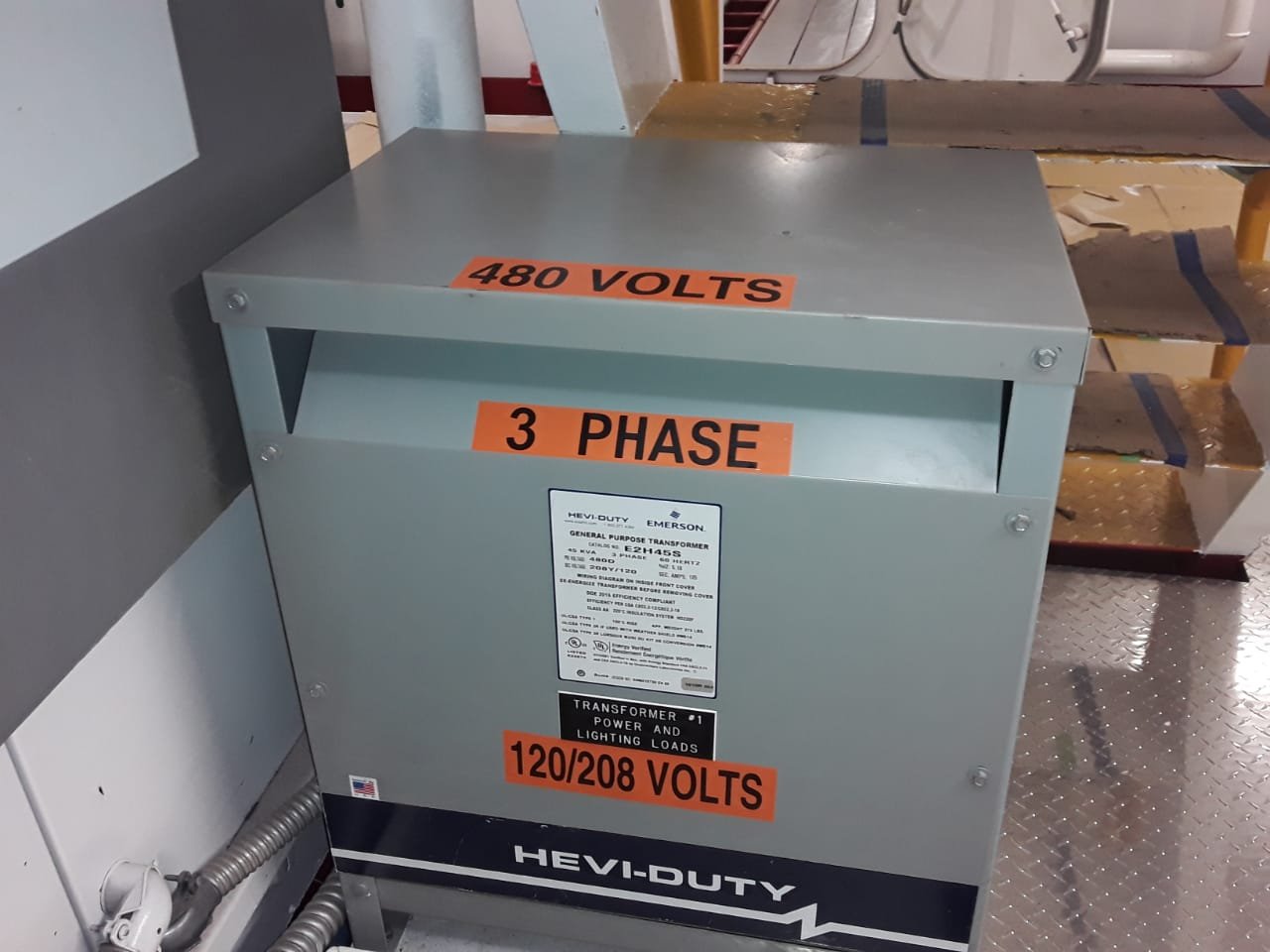
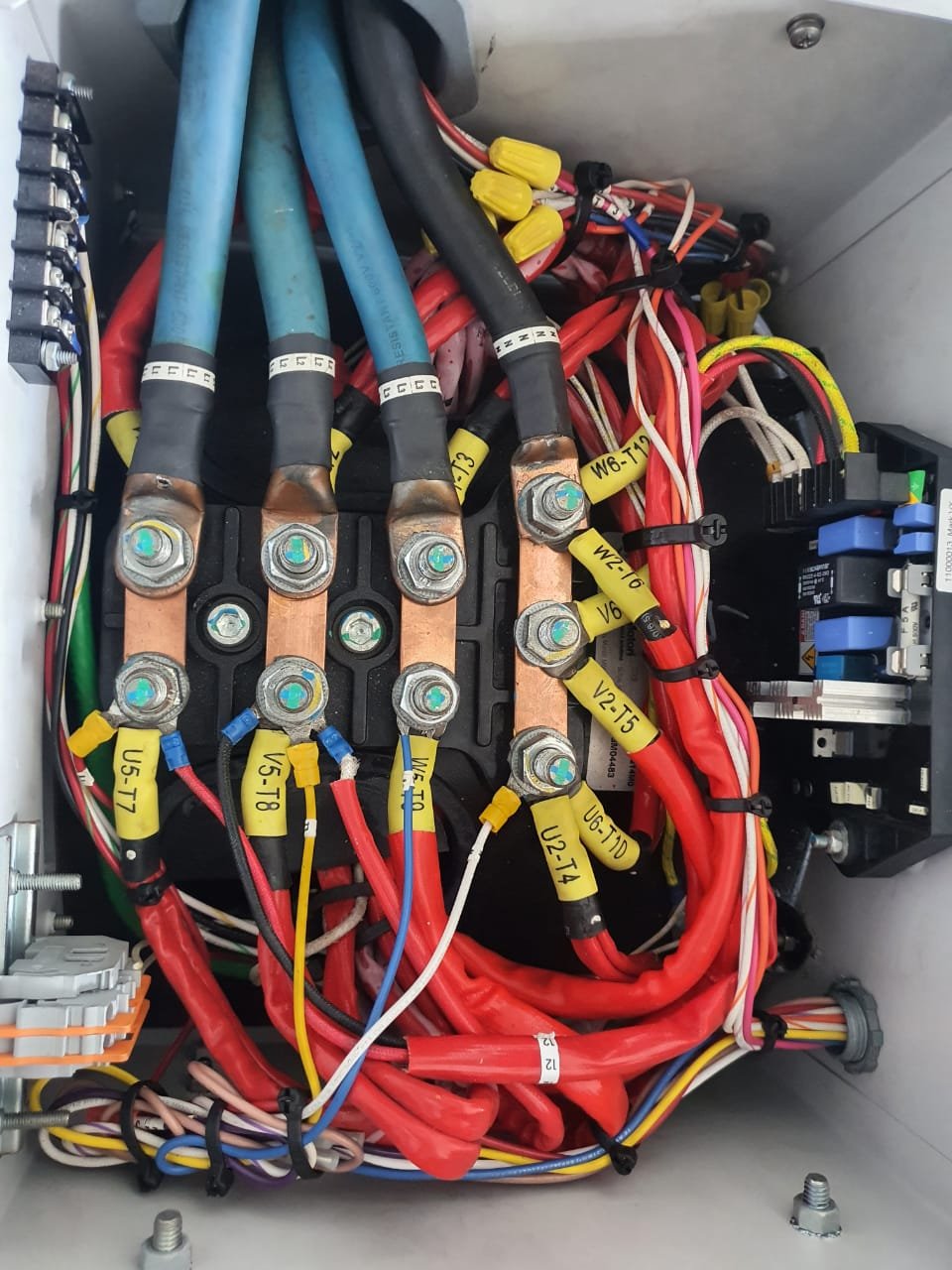
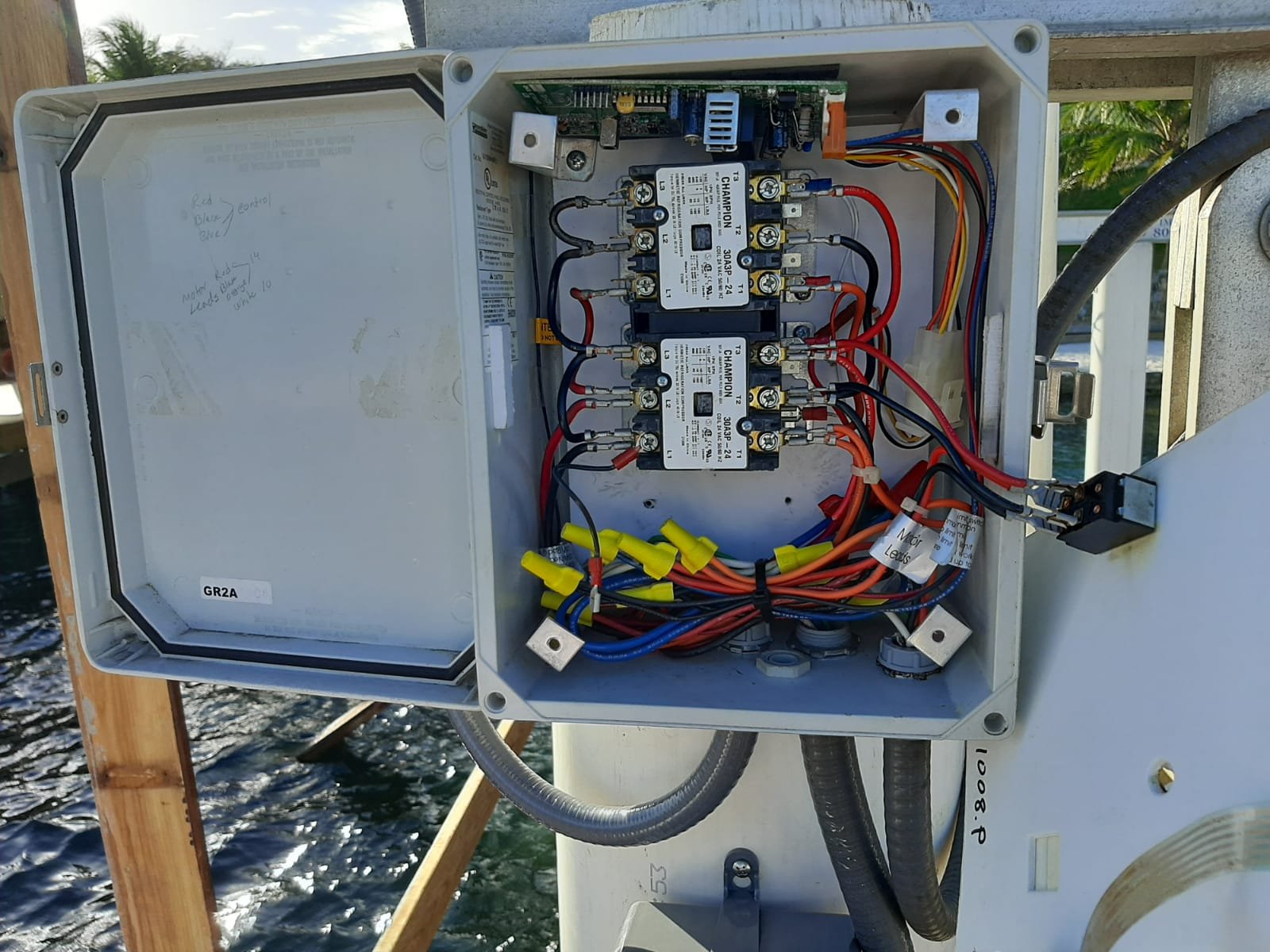
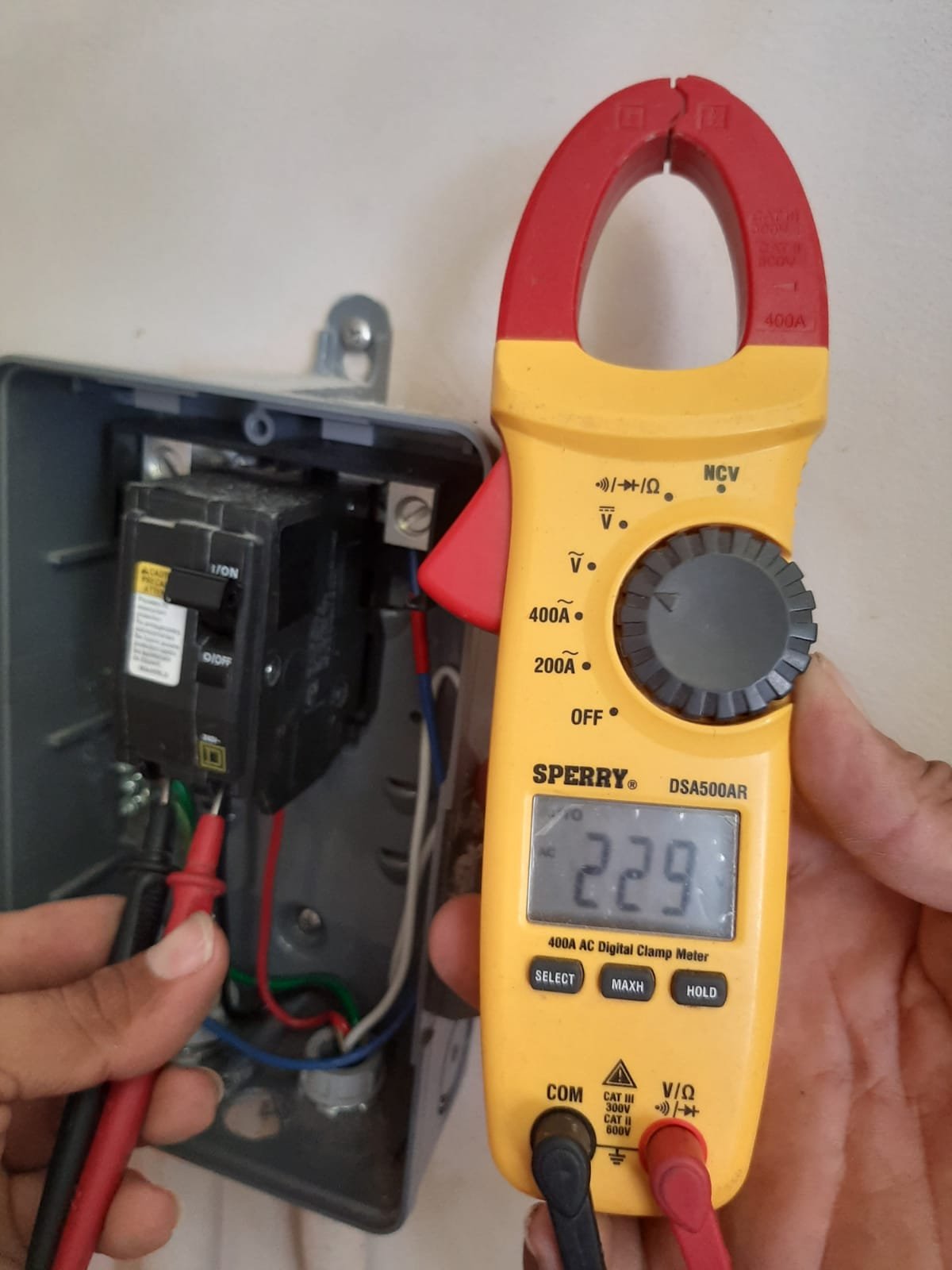
Let’s Get Started
Contact us to discuss your electrical project and we'd be happy to get you a quote.











